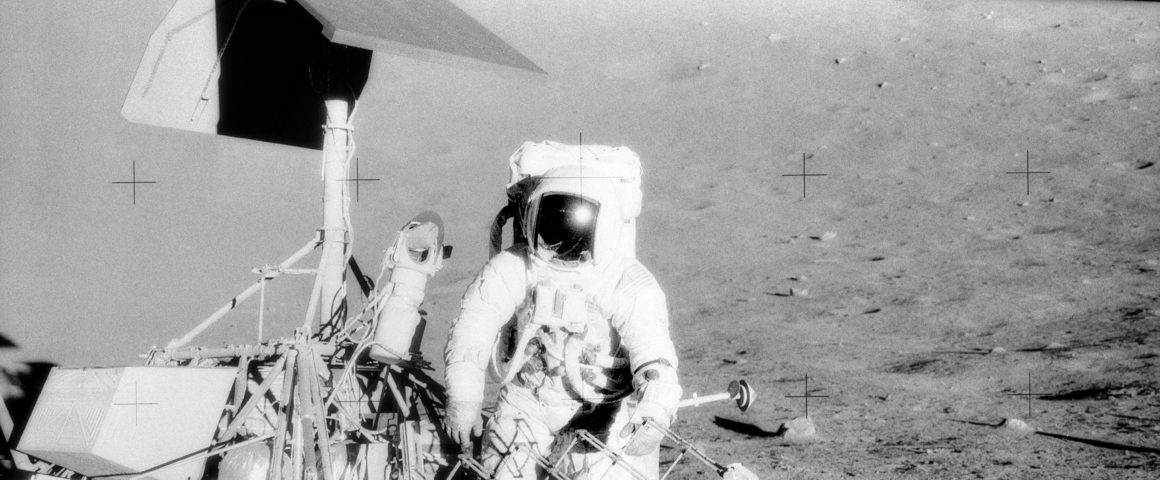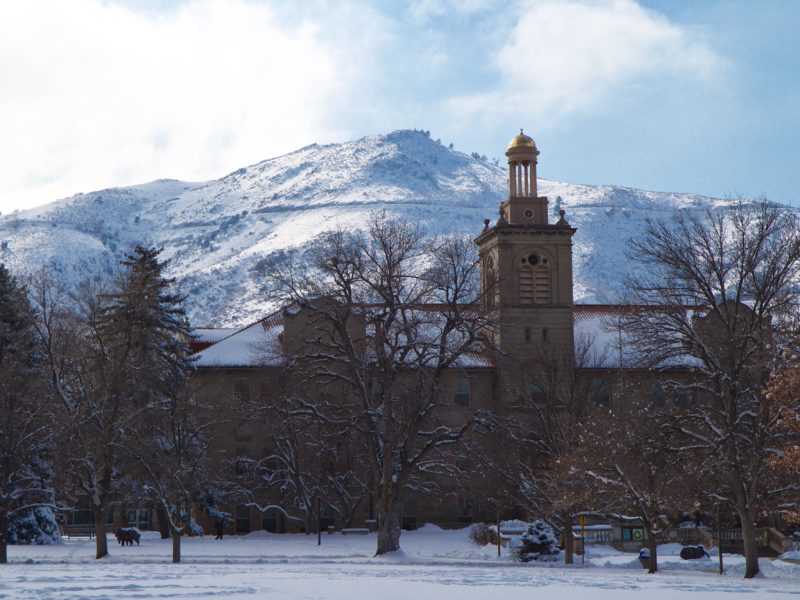The most famous Apollo mission was Apollo 11; the first to land on the Moon. The next most famous was Apollo 13; because of the inflight anomaly on the way to the Moon and the Tom Hanks Movie by the same title. In between these is Apollo 12. It launched from Kennedy Space Center November 14th, 1969.
Three Astronauts were on board. Pete Conrad was Commander, Dick Gordon was Command Module Pilot and Alan Bean was Lunar Module Pilot Please note astronauts are not copilots. This was Alan Bean’s first flight, but the other two were Gemini veterans.
Thirty-six seconds after liftoff, the Saturn V rocket was struck by lightning. After some quick flipping of switches from the crew, they were able to keep on flying.
Nerdy facts for folks that like speed: One minute and 6 seconds after liftoff, the rocket was 4.2 nautical miles altitude and going Mach 1 (the speed of sound) and still accelerating. In 11.43 minutes, the rocket was moving 24,242 feet per second at an altitude of 103 nautical miles. But that was just the first and second stages (1st and 2ND gear, so to speak). They orbited earth 1.5 times and checked out their spacecraft to see if it was still o.k. after the lightning strike. It was, and they tapped the accelerator, if you will, burning 451 pounds of fuel per second and accelerated to 35,389 feet per second to escape Earth’s orbit. It took 80 hours and 38 minutes for them to fly to the Moon. Once they reached the Moon, they needed to slow down to enter Lunar Orbit.
Their landing objective on November 19th was near a previously landed unmanned spacecraft named Surveyor III. They landed close enough (535 feet away) that they could walk over and see how it had fared in the Lunar environment for since 11-20-67.
Nerdy fact for folks that like instrumentation and geology: They deployed a seismometer accurate enough to detect their footsteps as well as sense a grapefruit sized rock rolling down the slope of a crater 300 or 400 feet away.
They collected 75.73 pounds of surface samples and core samples during their Extravehicular activity. The furthest point they walked from the lander was 1,362 feet.
They returned to Earth November 24th, 1969 at 36,116 feet per second, entering the upper reaches of the atmosphere at 400,000 feet. The trip back took 71 hours and 52 minutes. Their splashdown was 2 nautical miles from their intended landing point. They were picked up by the aircraft Carrier Hornet.This was an exciting era. Apollo 11 had just landed on July 20th, and we were returning just 4 months later. We would return another four more times by December 7th 1972. Hopefully we will return again by 2024, prospecting for water ice.





'Warning: This story contains serious space geek info.' have 2 comments
November 20, 2019 @ 3:19 pm Dan Johanningmeier
They were NOT picked up by the ship that launched the Doolittle raid (CV-8), which was lost at the Battle of Santa Cruz on October 26, 1942. Theses heroes were picked up by The USS Hornet (CV-12) which was named after the lost CV-8.
November 21, 2019 @ 10:36 am The Oredigger
The article has been edited accordingly. Thank you for pointing out this error!